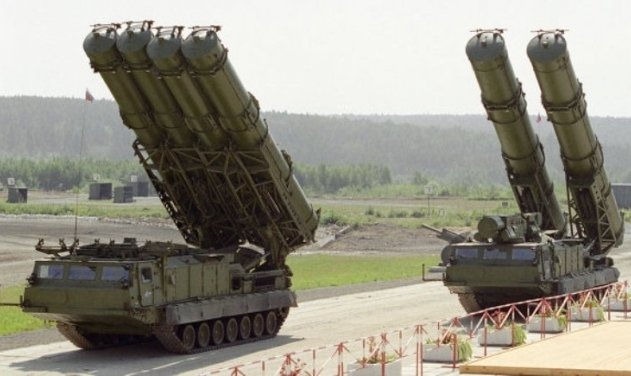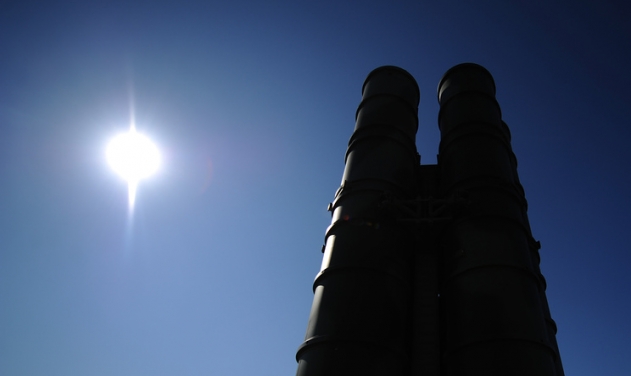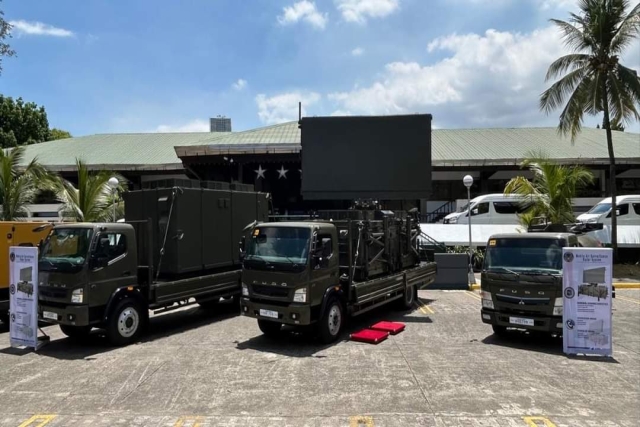Russian S-500 Serial Production in 2020 After Succesful Test in Syria
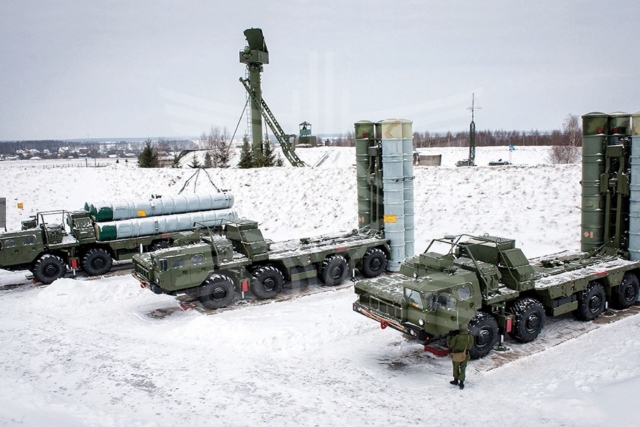
Russian S-500 air defence system (ADS) the future development of the popular S-400 will enter serial production next year following its recent successful test in the “hot and dusty” conditions of Syria.
Dubbed “Prometheus” the S-500 is considered a major advancement of not only the S-400 but also other ADS in the World such as the US Patriot. Its stand-out feature is that it integrates the radar feeds of low and high level defence systems through a single command and control system; tracks, prioritizes and defeats simultaneous threats such as ballistic and cruise missiles, aircraft and drones.
Russain daily, Izvestia reported yesterday quoting MoD sources that the most important elements of the Russian S-500 have been tested in Syria in which certain problems were identified and quickly eliminated.
Citing the reasons for selecting Syria as a location for qualification trials of the S-500, an unnamed source told the Russian daily, “Syria is well suited for such trials - it is always hot there, a lot of dust. In addition, the radar has to work around the clock - the situation in the republic is turbulent and anti-aircraft gunners must constantly maintain a radar field.”
A possible reason for the Syrian test could be the availability of multiple “targets.” Aircraft and drones operated by Syrian, Israeli, US, Turkish and Iranian air forces not to mention drones by terrorist groups operate over the Syrian skies giving the Russians an opportunity to test the S-500 against multiple threats and varying scenarios.
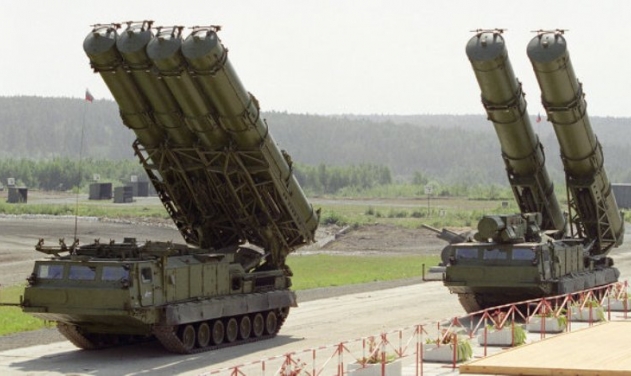
The key differentiator of the S-500 “Prometheus” system over the S-400 is a combat control point (PBU) with an automatic control system (ACS). All information from the radars of not only the S-500, but also third-party radars, anti-aircraft systems and higher air defense command posts are assimilated into the PBU which then operates automatically to select and defeat the threat.
The S-500 includes a radar detection system (RLC), which is responsible for the long-distance search and identification of ballistic and aerodynamic targets. In addition, a multi-functional "backlight" radar guides anti-aircraft missiles to low flying targets.
A long-range high-altitude radar detector has been developed which allows the command center to most accurately set the coordinates and flight path of ballistic and aerodynamic targets. This radar is capable of finding missiles, aircraft, helicopters and small drones at any altitude. This radar works both for the S-400 and S-500.
“The high-altitude radar and the PBU allow building reliable air defense without external sources of information,” an expert told Izvestia. “A high-altitude detector helps track targets in real-time. The PBU then distributes them between the air defense systems of a particular area.
Serial production of the S-500 will begin in the second half of 2020. Training of specialist officers for Prometheus began in 2017 at the Military Academy of the Military Space Defense in Tver. They are preparing combat crews for new anti-aircraft systems and systems.
